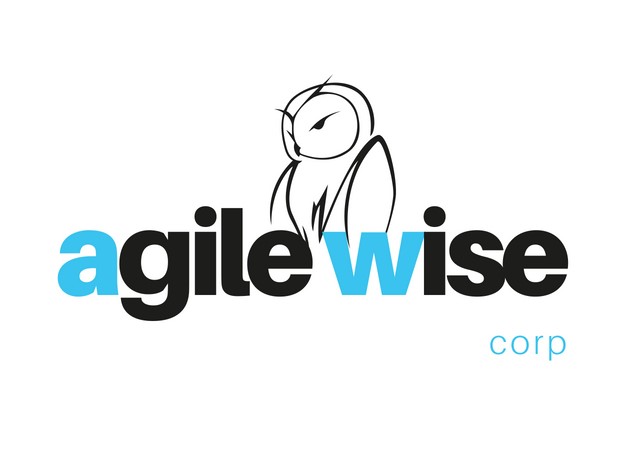Understanding Agile Layout: An Overview to Efficient Item Development
페이지 정보

본문
Agile design refers to the repetitive process of product advancement, highlighting versatility, partnership, and client comments throughout the entire cycle. This method is especially efficient for tasks that require continuous improvement and improvement, as it enables teams to get used to developing needs and market demands promptly.
 At its core, Agile design runs on a number of basic concepts that establish it apart from typical layout procedures. Instead of waiting up until the end of the task to release a full item, Agile design breaks the process right into smaller sized portions, supplying practical prototypes at each stage.
At its core, Agile design runs on a number of basic concepts that establish it apart from typical layout procedures. Instead of waiting up until the end of the task to release a full item, Agile design breaks the process right into smaller sized portions, supplying practical prototypes at each stage.
Adopting Dexterous style uses various benefits. Among the most significant benefits is improved item high quality. By continuously checking and fine-tuning the product throughout its development, the chance of uncovering and addressing prospective problems boosts. This iterative process helps in reducing the risk of costly errors or significant layout problems that might have been overlooked in a typical growth cycle.
While Agile design uses several benefits, it's not without its challenges. Due to the fact that the procedure is iterative and might include regular adjustments, stakeholders might at first battle to recognize the evolving nature of the project.
By welcoming Agile design, businesses can remain competitive in an ever-changing market, providing items that are not just functional yet also lined up with individual assumptions.
At its core, Agile layout operates on a number of essential concepts that establish it apart from typical style procedures. Instead of waiting till the end of the job to release a full product, Agile design breaks the procedure into smaller sized chunks, providing functional prototypes at each phase. Taking on Agile design provides countless advantages.
 At its core, Agile design runs on a number of basic concepts that establish it apart from typical layout procedures. Instead of waiting up until the end of the task to release a full item, Agile design breaks the process right into smaller sized portions, supplying practical prototypes at each stage.
At its core, Agile design runs on a number of basic concepts that establish it apart from typical layout procedures. Instead of waiting up until the end of the task to release a full item, Agile design breaks the process right into smaller sized portions, supplying practical prototypes at each stage.Adopting Dexterous style uses various benefits. Among the most significant benefits is improved item high quality. By continuously checking and fine-tuning the product throughout its development, the chance of uncovering and addressing prospective problems boosts. This iterative process helps in reducing the risk of costly errors or significant layout problems that might have been overlooked in a typical growth cycle.
While Agile design uses several benefits, it's not without its challenges. Due to the fact that the procedure is iterative and might include regular adjustments, stakeholders might at first battle to recognize the evolving nature of the project.
By welcoming Agile design, businesses can remain competitive in an ever-changing market, providing items that are not just functional yet also lined up with individual assumptions.
At its core, Agile layout operates on a number of essential concepts that establish it apart from typical style procedures. Instead of waiting till the end of the job to release a full product, Agile design breaks the procedure into smaller sized chunks, providing functional prototypes at each phase. Taking on Agile design provides countless advantages.
- 이전글Dreaming Of Onlinecasinoexpert.uk 24.11.14
- 다음글Be The First To Read What The Experts Are Saying About Online-casinospiele.com 24.11.14
댓글목록
등록된 댓글이 없습니다.
